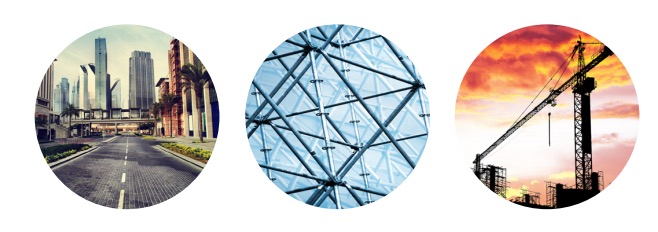
After years of underinvestment, infrastructure is having a moment in the policy discussion. Across North America, policy-makers are moving toward using public sector infrastructure investment as a strategy for promoting economic growth, while private infrastructure developers are seeking projects that yield healthy investment returns – returns that are harder to find over the long-term while low growth rates remain the dominant macro-narrative. This focus on infrastructure investment’s potential benefits is laudable, reflecting the advice of top economists and the emerging limits of other policy tools. Such investment, if well-targeted and well-executed, can be a path to achieve near-term economic policy objectives while dramatically improving the foundation for long-term economic prosperity.
View this complete Infra Views post...




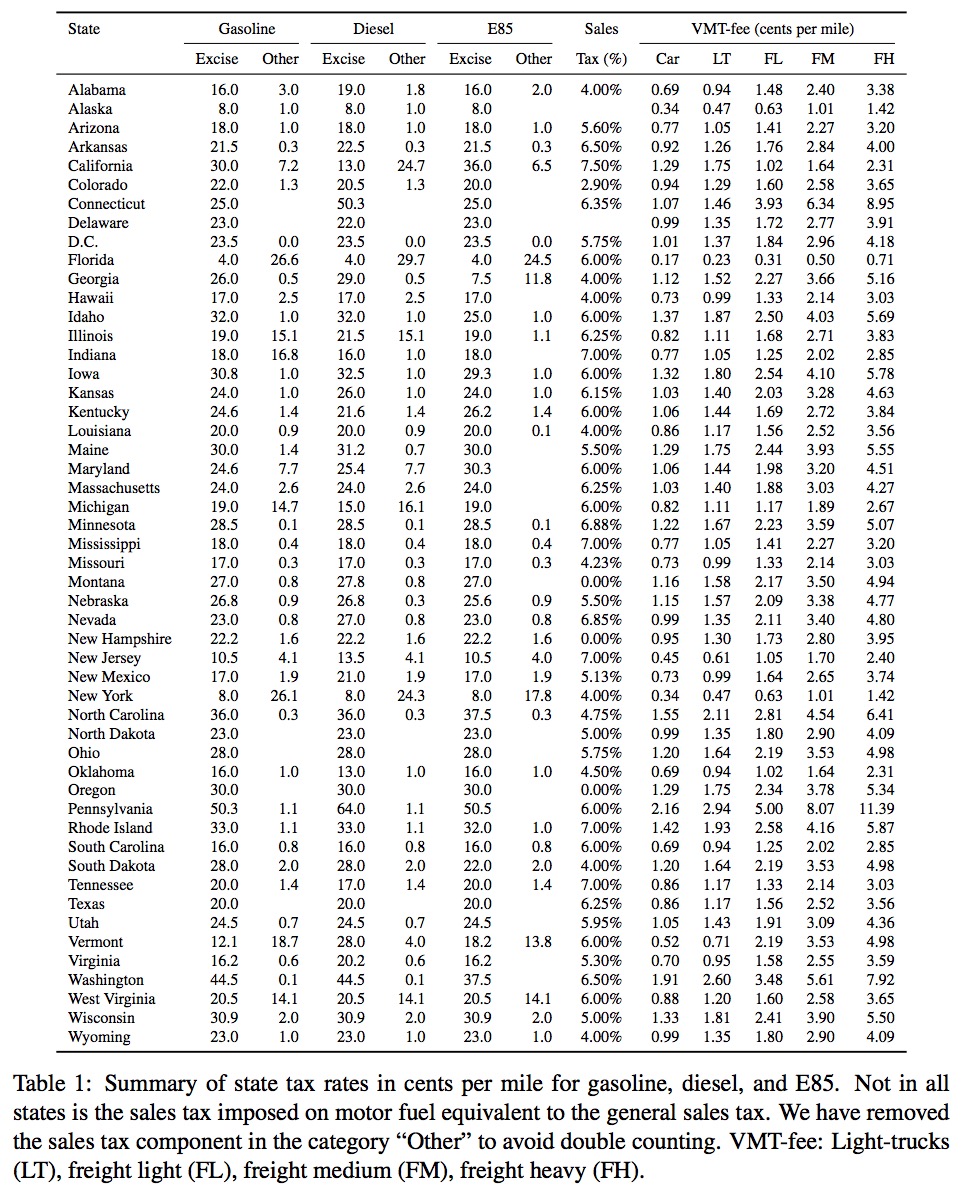
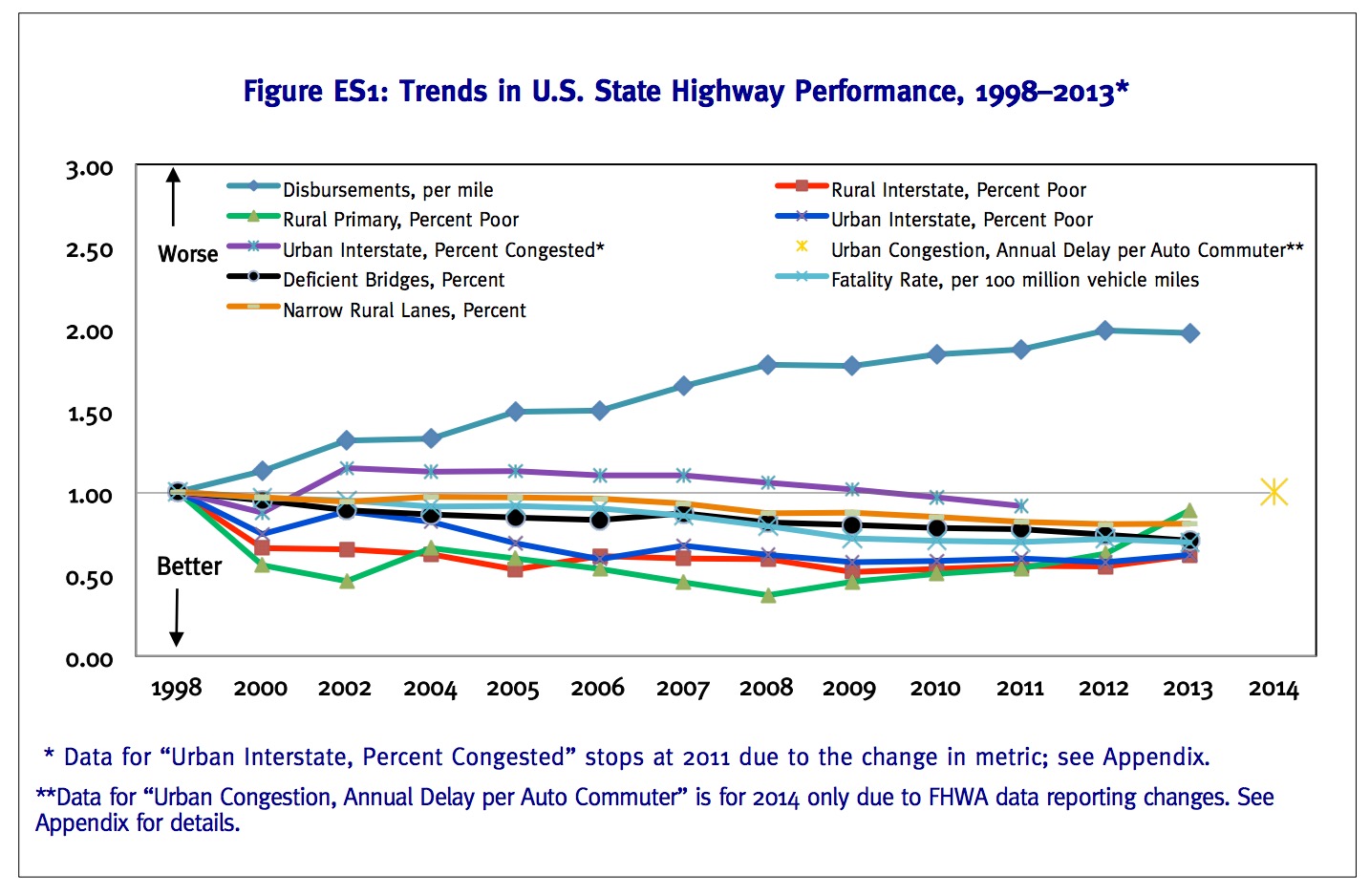

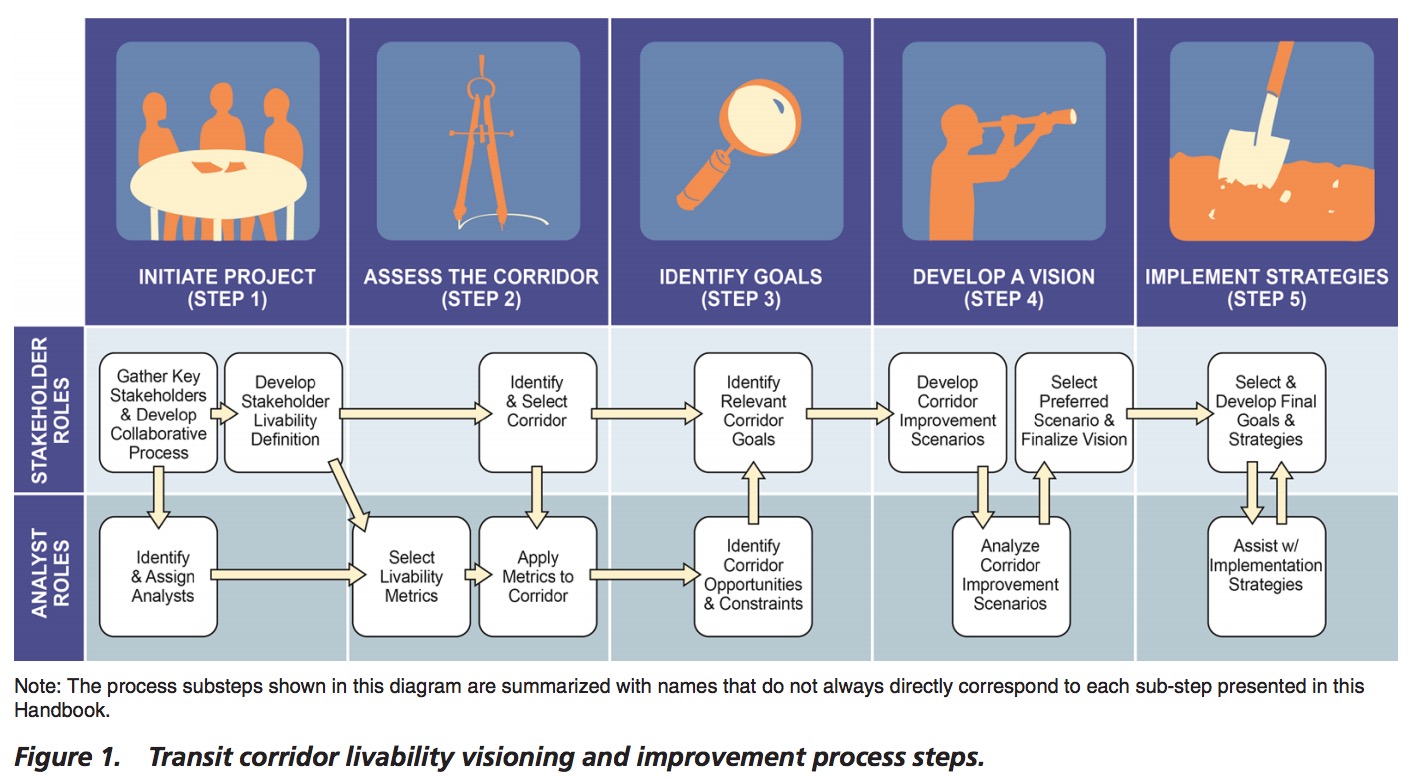
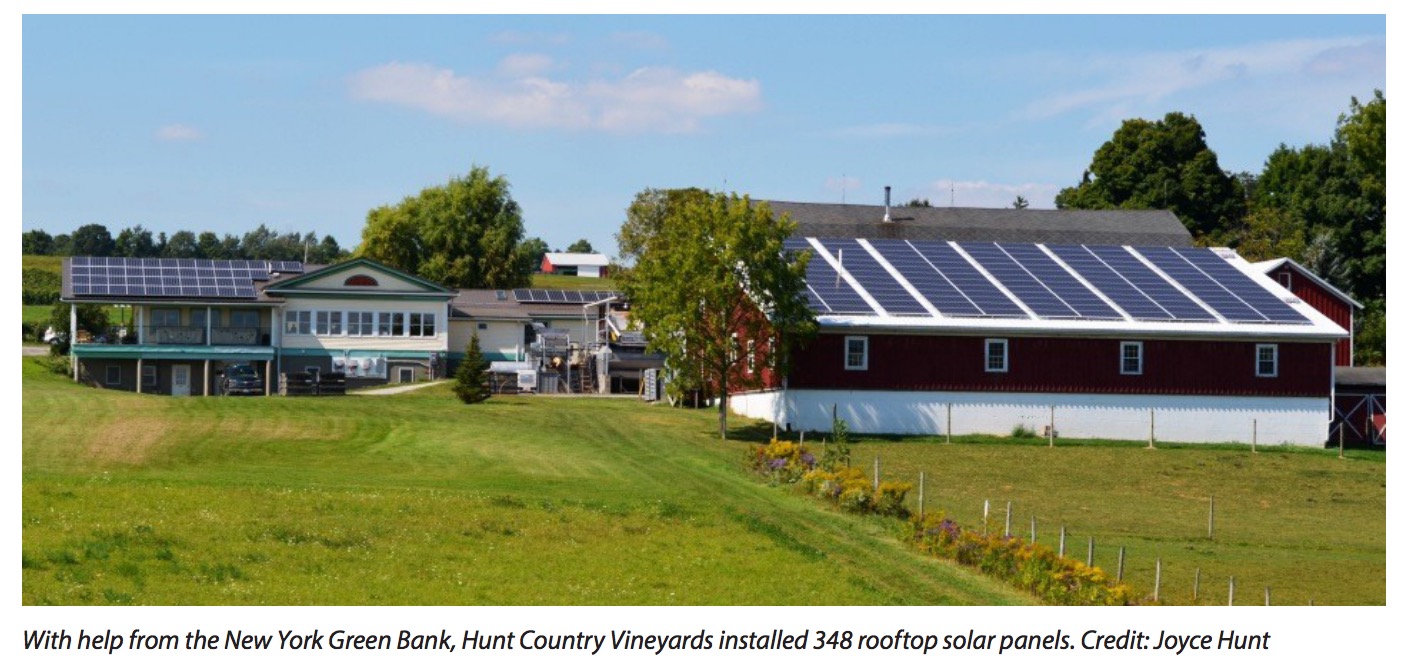
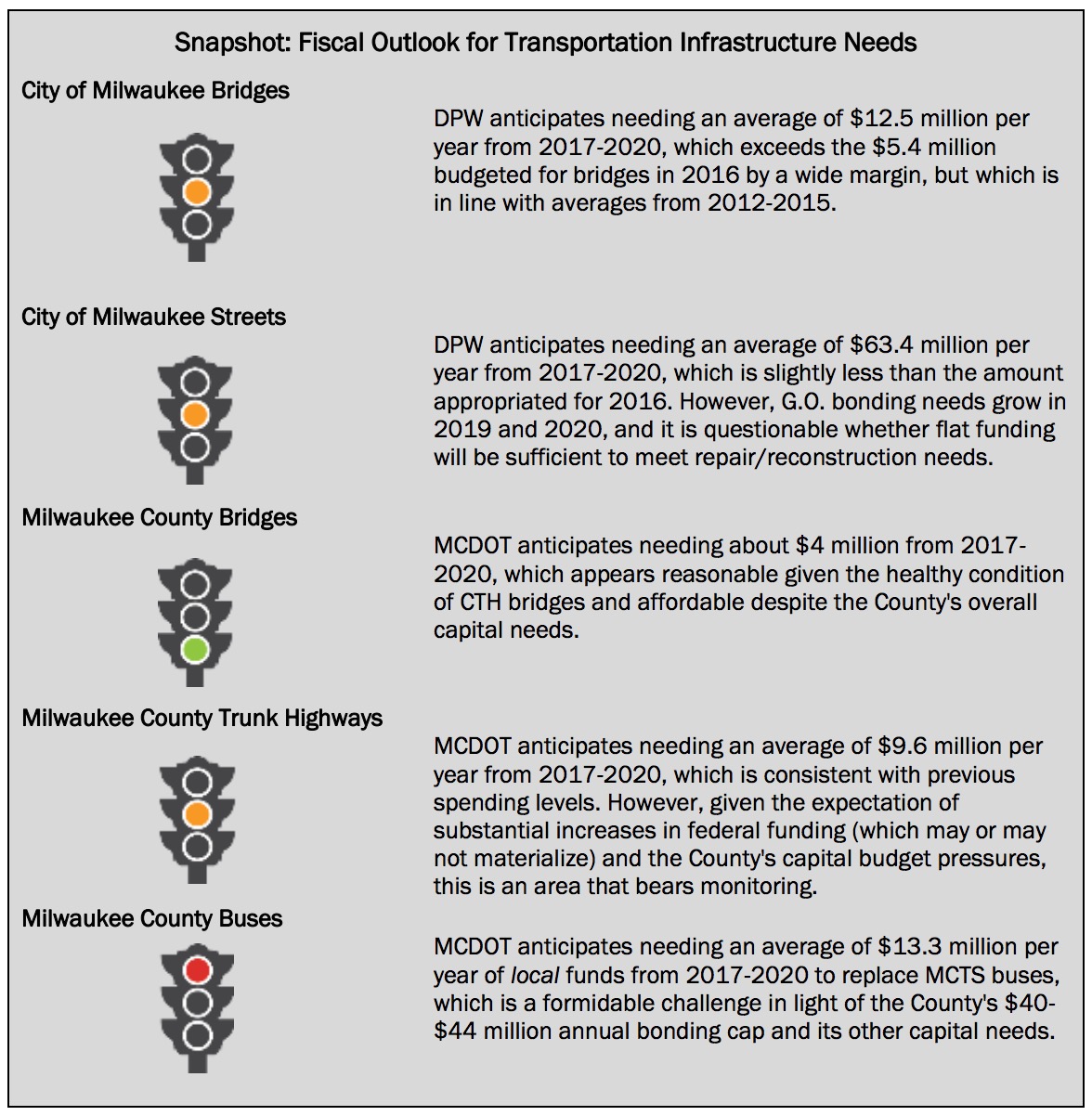
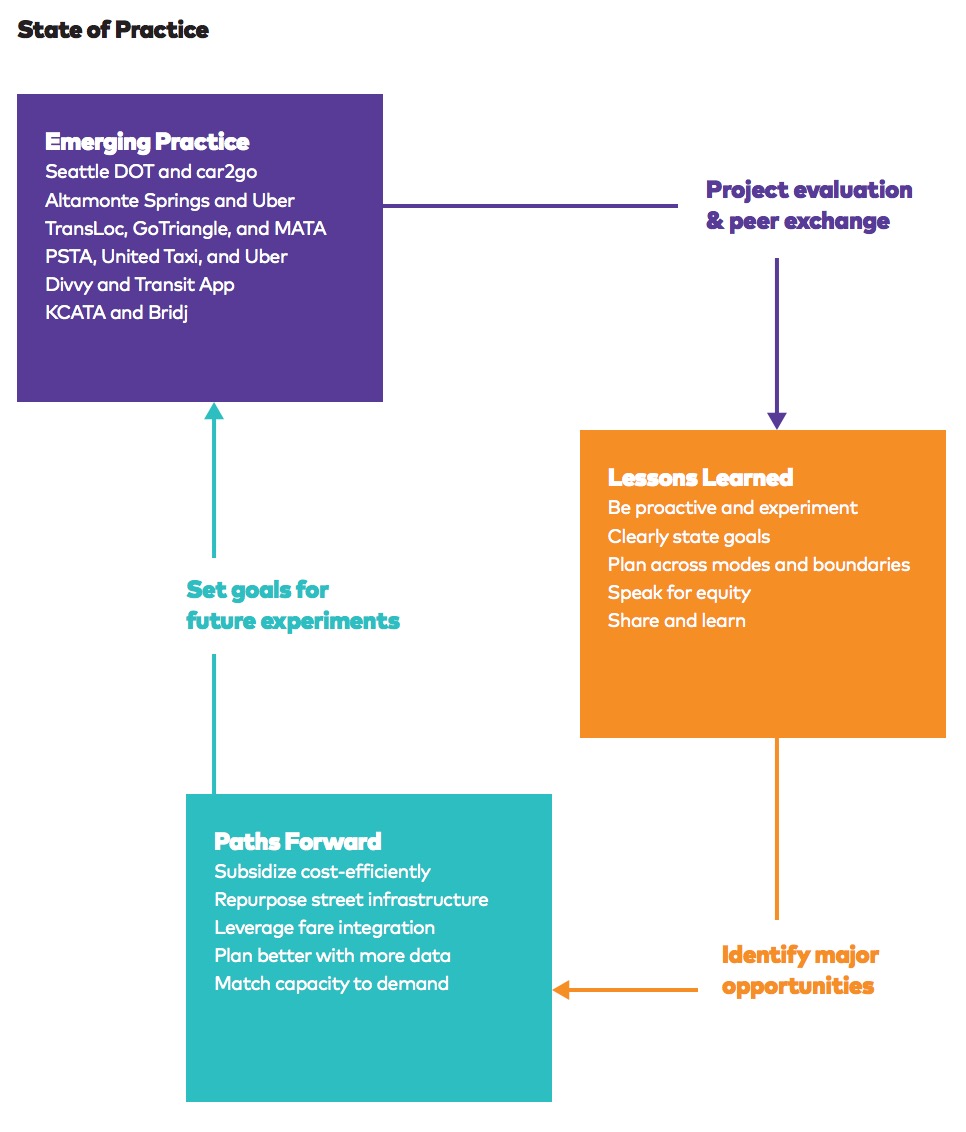
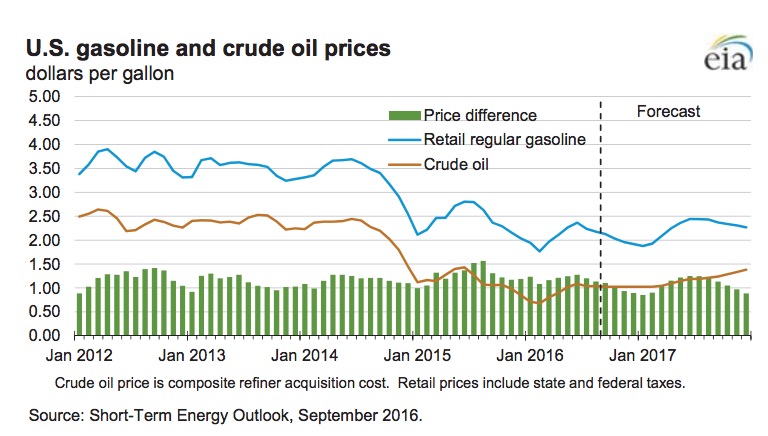
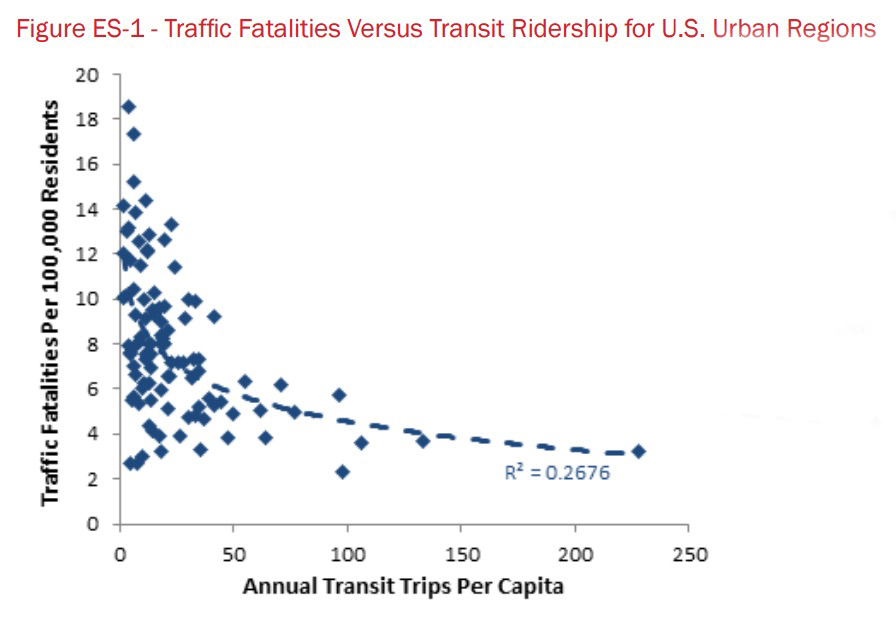

 RSS Feed
RSS Feed